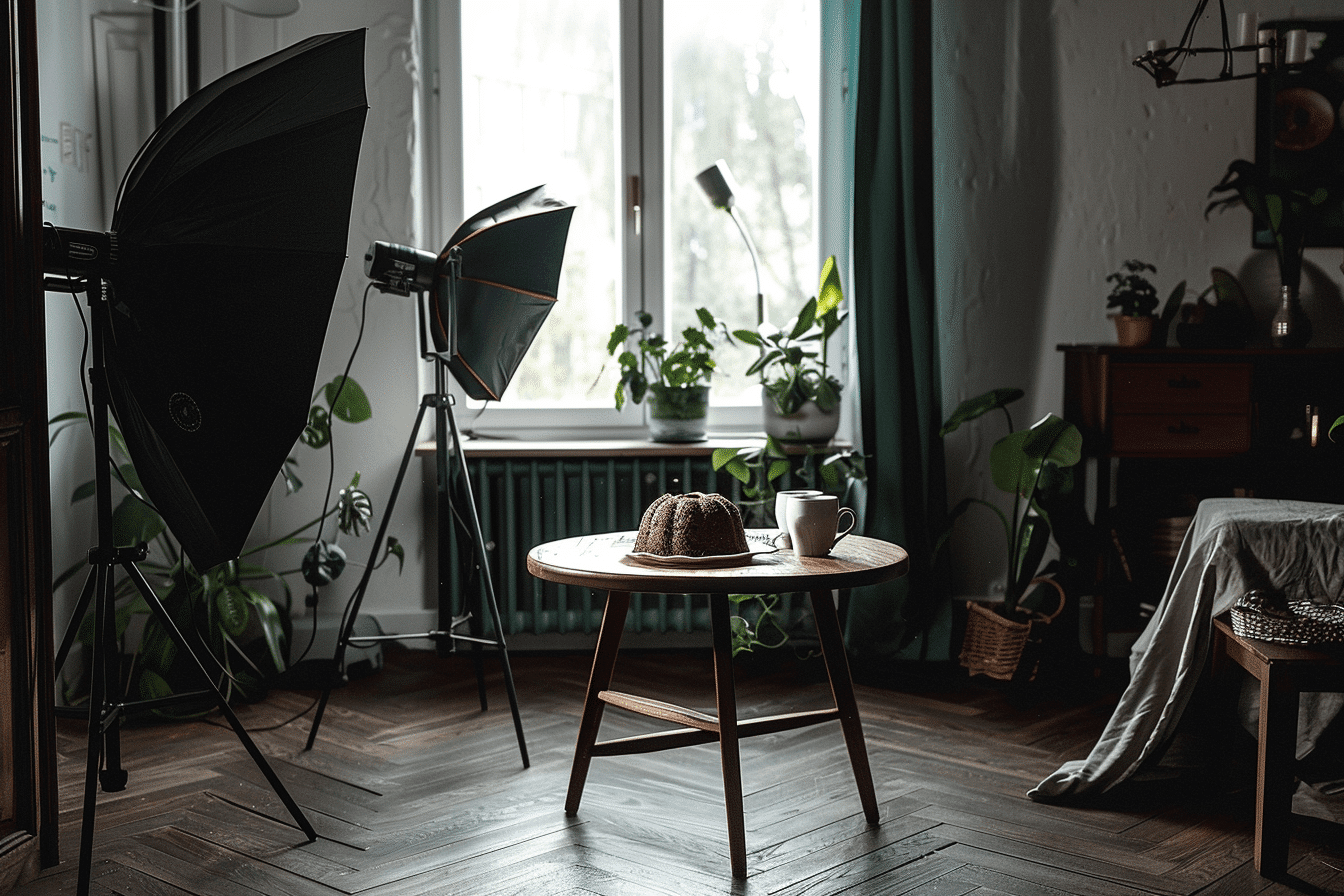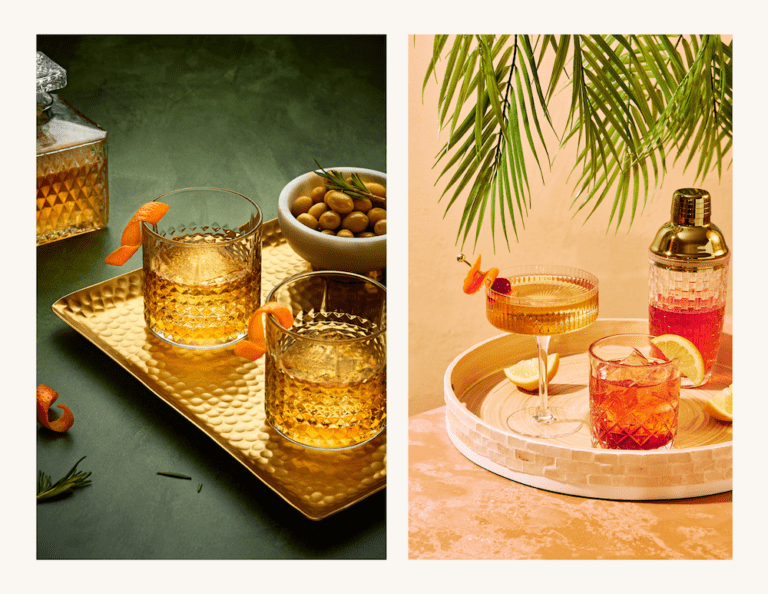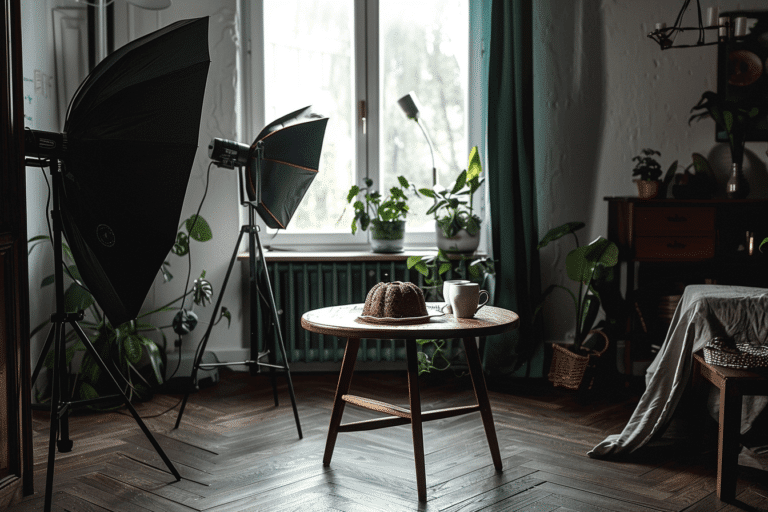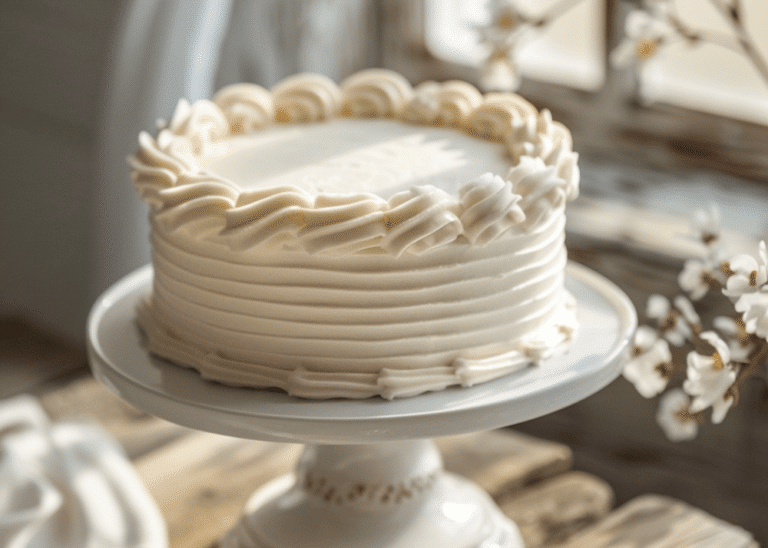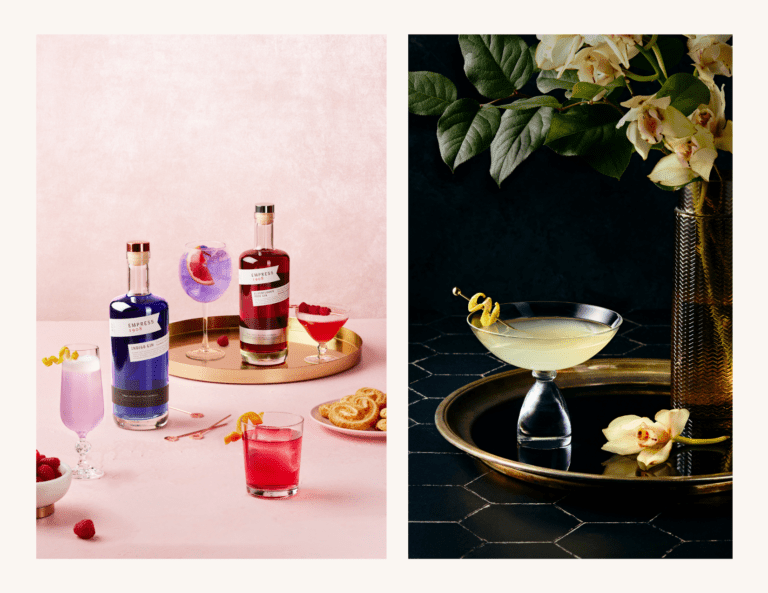If you’ve ever asked yourself how to make your food photography truly stand out, mastering multiple light setups will be the game-changer you’ve been searching for. Understanding how to use two or more lights effectively can enhance the quality and depth of your images and expand your creative skills.
In this blog post, we’ll explore the benefits of using multiple lights, discuss why it’s essential to master this technique, and provide insights into how it can transform your food photography.
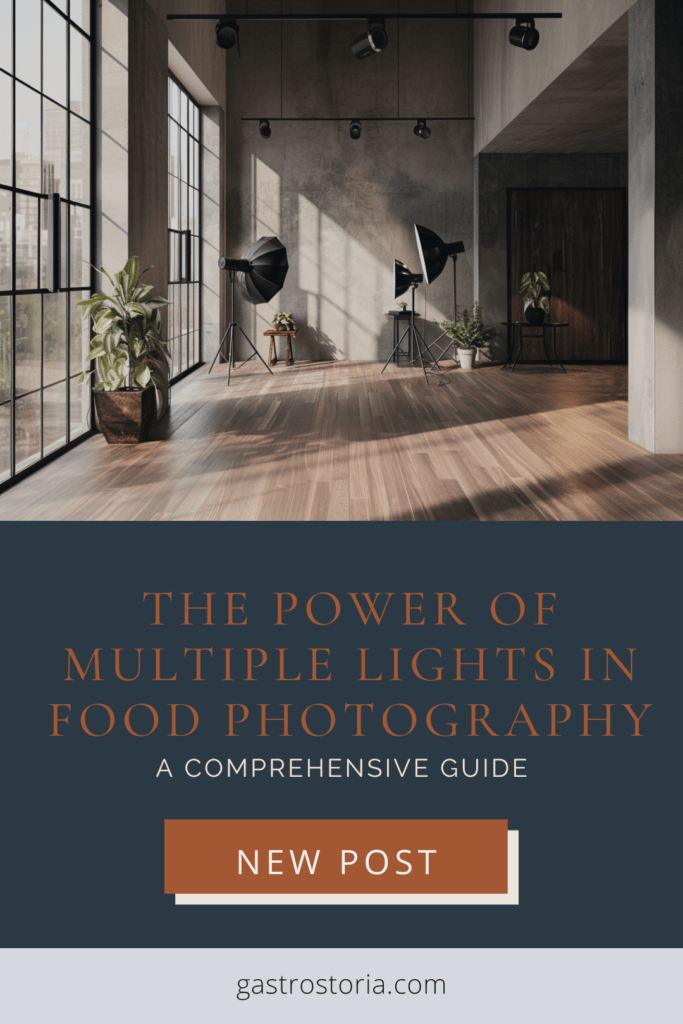
The Basics of Multi-Light Setups
Before diving into the benefits, let’s start with a brief overview of what multi-light setups entail. Essentially, it involves using more than one light source to illuminate your scene. This could be a combination of natural and artificial light or entirely artificial sources like studio lights.
The primary goal is to have more control over the lighting environment, enabling you to highlight specific features of the food, create dramatic shadows, or eliminate unwanted reflections. As a food photographer, you know that there is a lot you can accomplish with one light. After all, most of us start out using natural light–and there is only one sun. But eventually, if you want to do commercial work, you need to have complete control of your lighting. And that involves using multiple lights.
Why Multiple Lights Make a Difference
Greater Control Over Lighting
When you use multiple lights, you have the power to control every aspect of how light interacts with your subject. This means you can manipulate the lighting to create a specific mood or highlight particular elements of the dish.
One light can be used as a key light to illuminate the main subject, while another can serve as a fill light to reduce harsh shadows, giving the image a balanced and polished look. A third light can be positioned as a background light to add depth and separate the subject from the background, enhancing the overall composition.
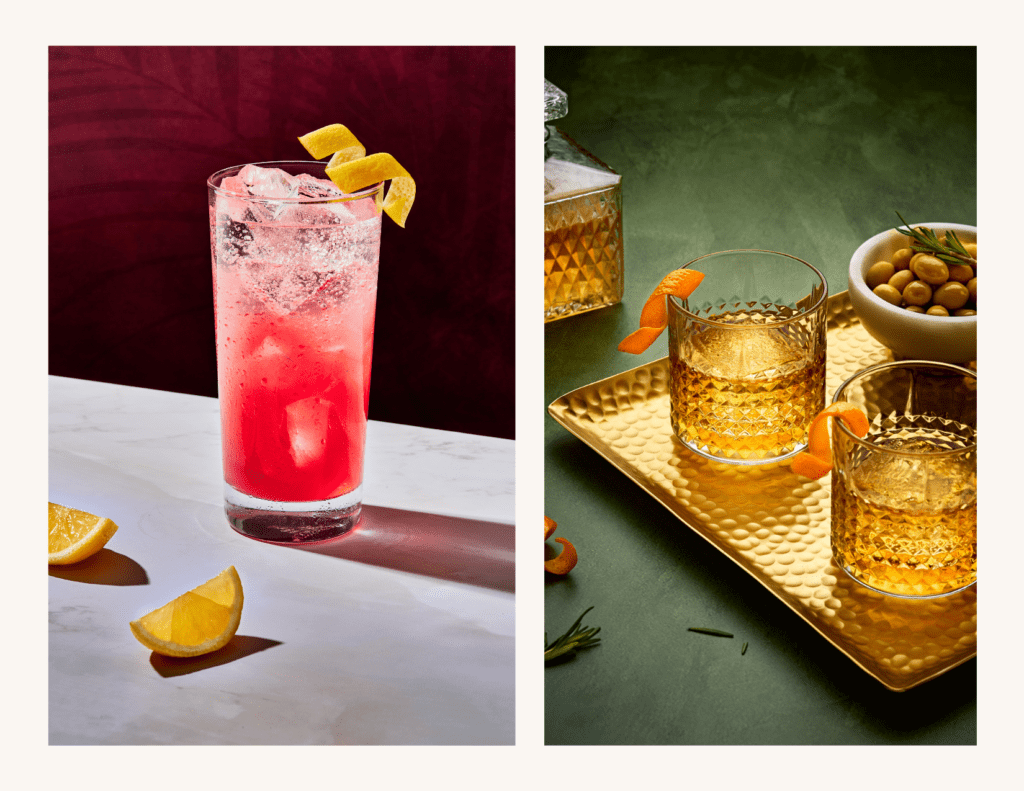
Enhanced Depth and Dimension
One of the advantages of multi-light setups is the ability to add depth and dimension to your photographs. With the right positioning, additional lights can create shadows and highlights that give a three-dimensional feel to the image.
This technique is particularly beneficial in food photography, where texture and detail can make a significant impact on how appetizing the dish appears.
Versatile Lighting Scenarios
Multiple lights open up a world of possibilities when it comes to experimenting with different lighting scenarios. or craft unique moods and atmospheres that convey distinct visual narratives and emotional undertones.
This versatility allows you to adapt your lighting strategy to suit various themes, settings, or client demands, making you a more flexible and capable photographer.
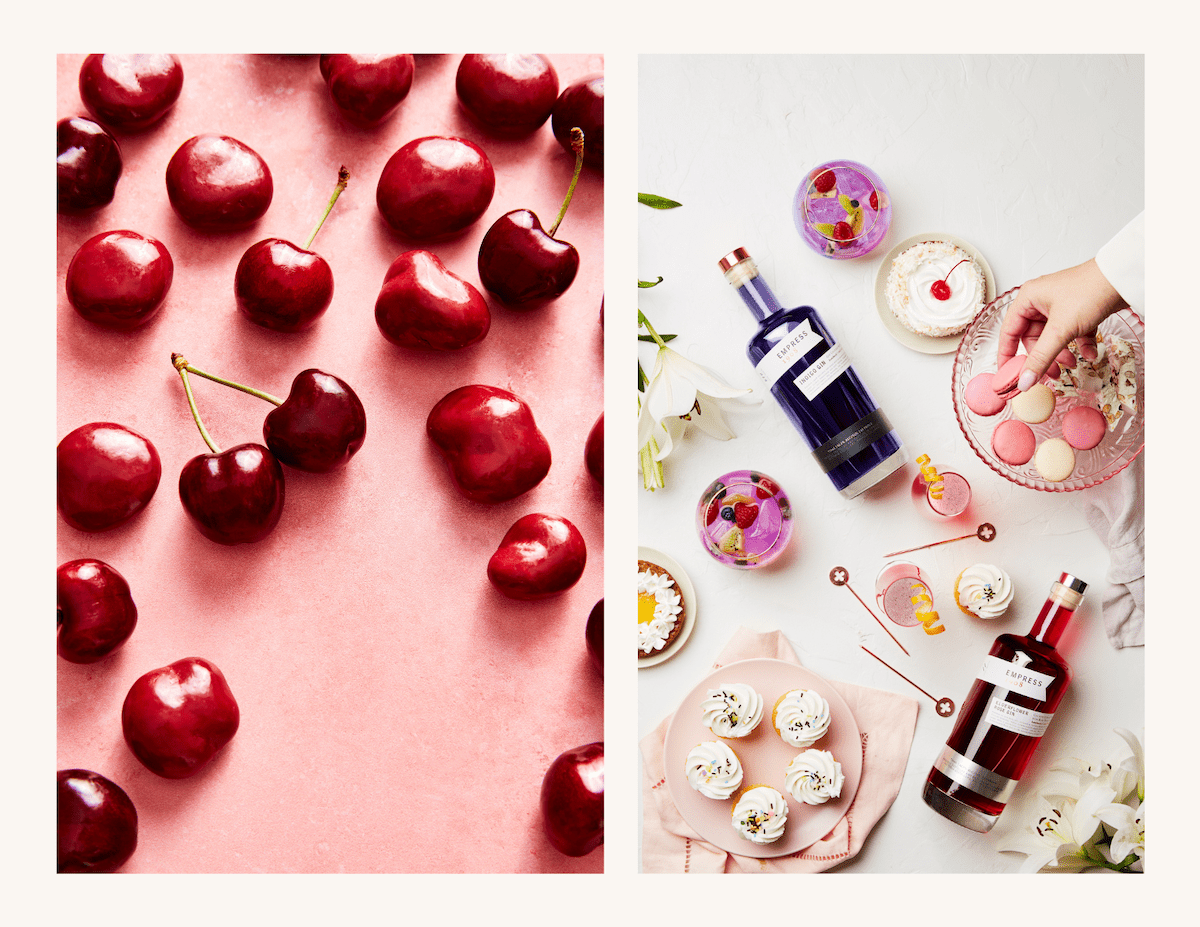
Creative Freedom
By mastering multiple light setups, you unlock a new level of creative freedom. You’re no longer constrained by the limitations of a single light source and can experiment with complex lighting techniques that add a unique artistic flair to your work.
Whether it’s creating dramatic backlighting or experimenting with color gels, the possibilities are endless.
Practical Applications of Multi-Light Setups
Key Light and Fill Light
One of the most common multi-light setup involves using a key light as the primary light source and a fill light to control contrast. The key light provides the main illumination, while the fill light reduces shadows, creating a more even exposure across the scene.
This setup is ideal for capturing balanced images that still maintain a natural look.
Rim Lighting for Emphasis
Adding a rim light or backlight can be an effective way to highlight the edges of your subject, creating a halo effect that separates the food from the background. This technique can make the dish pop, drawing the viewer’s eye directly to the subject.
It’s particularly useful for highlighting textures and contours in food photography.
In the image of the burger on the right below, multiple lights needed to be used to ensure that each layer of the subject was well lit. I also used a light with a snoot focused on the top of the bun to ensure that is was properly exposed.
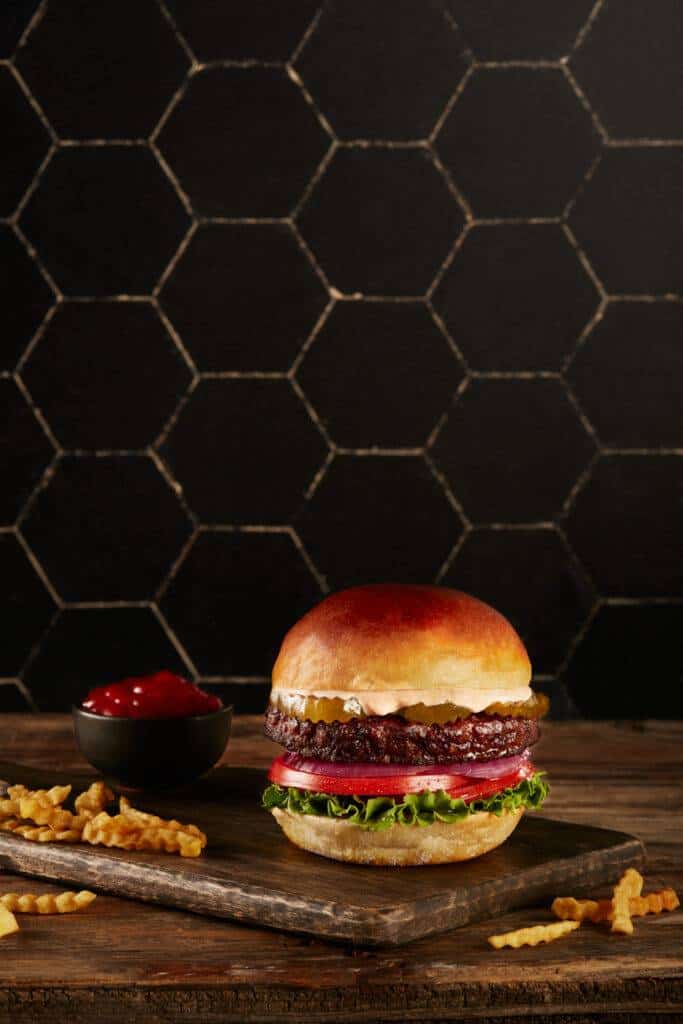
Accent Lights for Highlights
Accent lights are used to draw attention to specific details in your composition. They can be strategically placed to highlight garnishes, edges, or any other focal points you want to emphasize.
These lights can add subtle highlights that enhance the overall composition, making the food look more appealing and detailed.
For example, to effectively light the front of the bottles and labels in the image below, I added a stripbox on camera right.
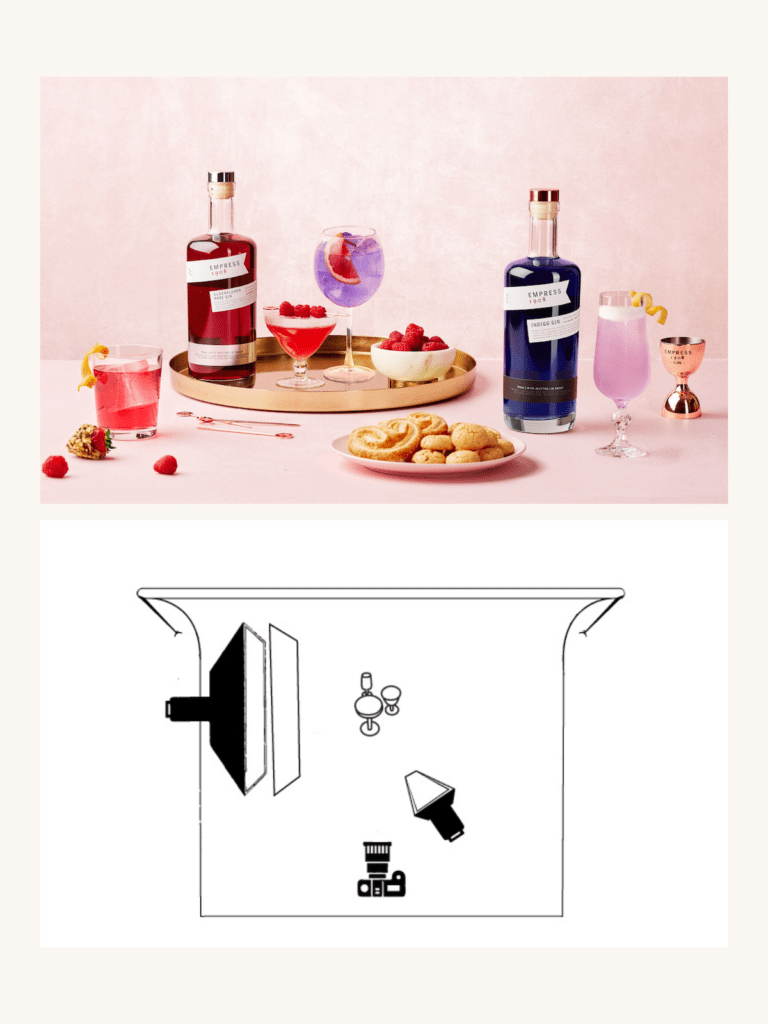
Background Lighting for Atmosphere
Incorporating background lighting can add depth and context to your images. A well-lit background can complement the subject, creating a cohesive and atmospheric composition. Whether you’re aiming for a moody look or a bright, airy feel, background lighting can help set the tone for your photograph.
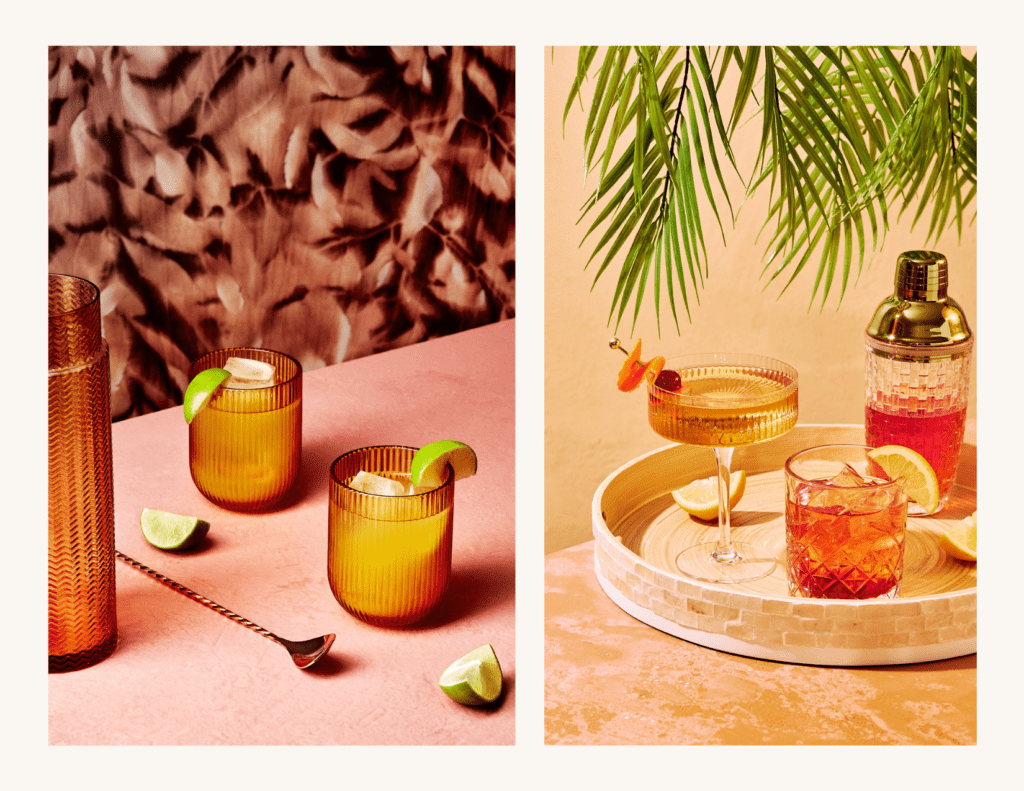
Why Learning Multiple Light Setups is Essential
Stand Out in a Competitive Market
In a saturated market, standing out as a photographer requires more than just technical skills with a camera. Mastering multiple light setups can set you apart, allowing you to offer unique and professional-grade images that clients will appreciate.
It’s a valuable skill that can enhance your portfolio and attract more opportunities.
Adaptability to Client Needs
Clients often have specific visions for their projects, and being able to adapt to different lighting requirements is a significant advantage. Whether it’s capturing a cozy restaurant interior or a high-end product shot, understanding how to utilize multiple lights effectively can ensure that you’re meeting client expectations and delivering exceptional results.
Elevate Your Creative Vision
Ultimately, mastering multiple light setups is about elevating your creative vision. It’s about gaining the confidence to experiment, push boundaries, and create images that resonate with viewers.
As you become more comfortable with using various lights, you’ll find that your creative potential expands, allowing you to tell more compelling visual stories through your photography.
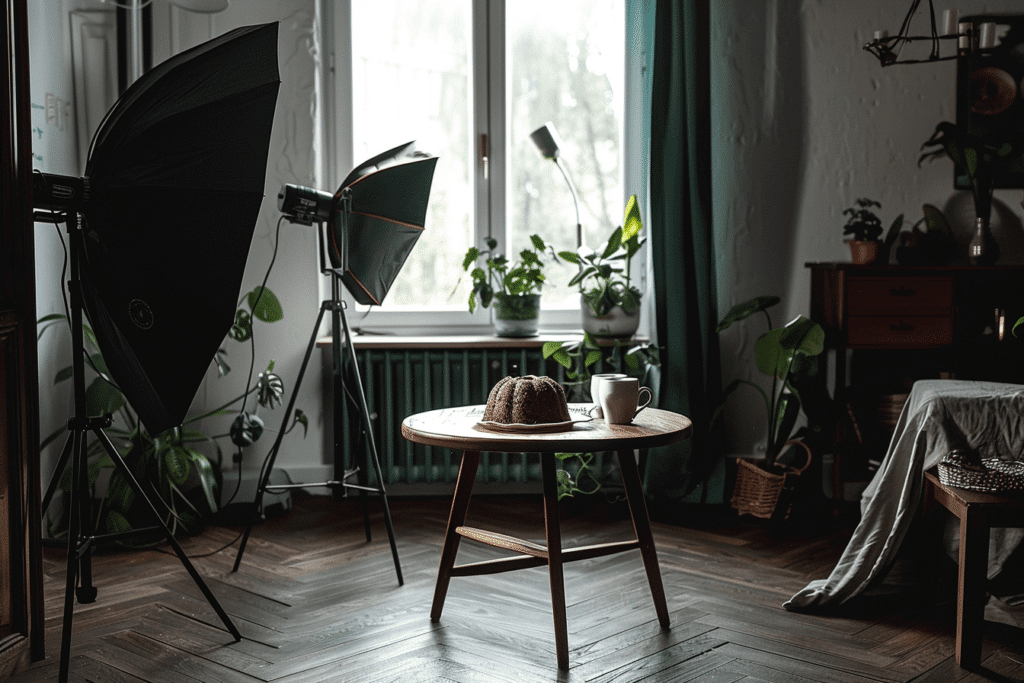
Conclusion
Embracing the art of multiple light setups can revolutionize your approach to food photography. With greater control, enhanced depth, and expanded creative possibilities, you’ll be able to produce images that are not only technically sound but also visually captivating.
So, if you’re looking to take your food photography to the next level, investing time in mastering multi-light setups is a step in the right direction. Remember, the more tools and techniques you have at your disposal, the more you can push the boundaries of what’s possible in your creative work.
Join us next week, when we dive into the specific roles each light plays in a multi-light setup and how they interact to create a cohesive image.

